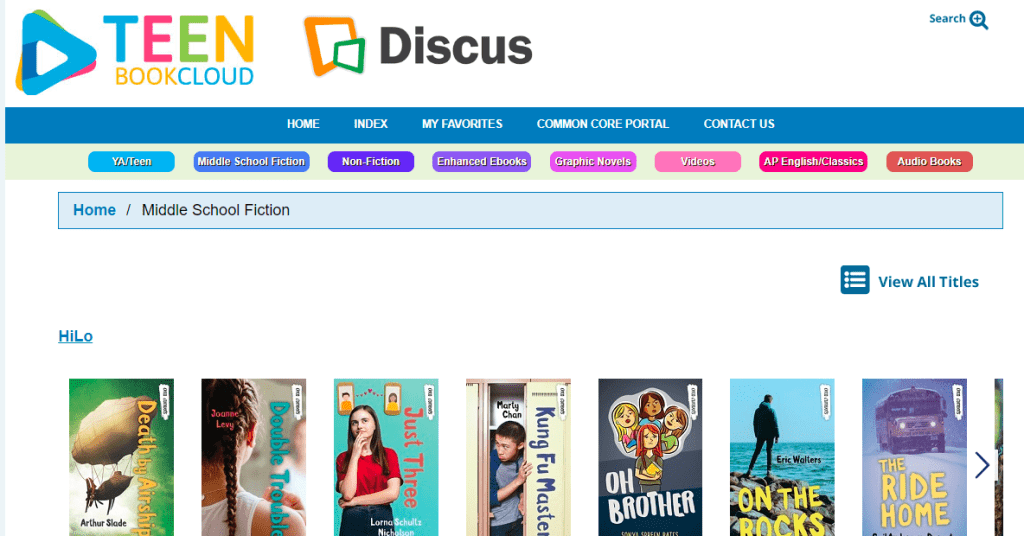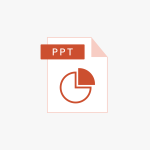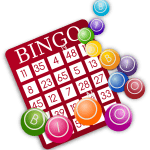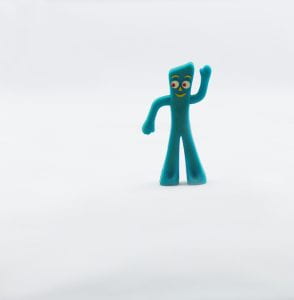Next week is our school’s book fair, and I spent time speaking with Kelly about the process, and we set up the book fair space. She uses Scholastic, which is convenient because they have a representative who checks in with you during the whole process, and they provide many resources through their book fair website like checklists for before, during, and after. Scholastic packages the materials very efficiently in labeled boxes and even includes tablecloths and signs. The main book fair shelves are already pre-filled so all you have to do is open them up and pull the signs up from the back of the cart.
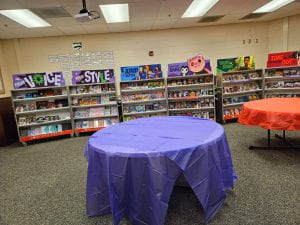

The only downside is that you don’t get to choose the books you want in your book fair. You only select the level of books, and Scholastic chooses the actual books for you. For the profit you earn, you can choose to either receive it as cash (about half of the dollar amount you earned), Scholastic dollars (only to be used through Scholastic), or a combination of the two. Having Scholastic dollars is good when you want to buy book club books or add more books to your library, but cash is helpful when you want to provide programs or resources for your library that Scholastic does not offer.
Here are some tips that Kelly gave me for a successful book fair:
- If possible, have an enclosed space to set up the fair. We have an old computer lab located in the library, so this is an ideal space for the book fair since you can control the amount of kids coming into and out of the space. They also have to pass the register on the way out, so it’s less likely that things will be taken.
- Put the non-book items (erasers, bookmarks, markers, pens, etc.) on a poster by the register with prices listed. Then, students can point out what they want, and you don’t have them grabbing these things and walking off with them.
- It also allows you to run regular library activities.
- Promote your book fair through as many avenues as you can.
- Invite teachers to preview the book fair ahead of time so they can see books to recommend to students.
- Also, give out a teacher coupon or discount. This impacts your profits, but it helps you support each other.
- Invite ELA teachers to bring their classes to the fair during the week.
- Give book fair flyers to all homeroom teachers to pass out to students. This advertises the books that will be available.
- Play book trailers on the screens in the library, at the book fair, and on the morning announcements. Scholastic does a great job with its book trailers.
- Put banners up at all entrances so that students know the book fair is going on. Also, put signs around the car rider line for parents to see.
- Post your Scholastic website to the school’s homepage so that anyone can shop online to support the school or set up their student’s eWallet.
- Invite teachers to preview the book fair ahead of time so they can see books to recommend to students.
- Schedule your book fair at a time when other school events are going on, so there will be more foot traffic and a higher chance people will stop by the book fair. This is also convenient for your administration as they already have to be at the school and will be screening people with the metal detectors.
- Ask for volunteers to help.
- You’ll want parent volunteers to help run the registers during the day. This will get students back to class more quickly. Since they are handling money, you will want to make sure that they are trustworthy and vetted by the district.
- Engage student volunteers to help put up book fair posters and bring flyers to teachers. Talk up the book fair with them so they can get their friends excited too.
Happy Book Fair!
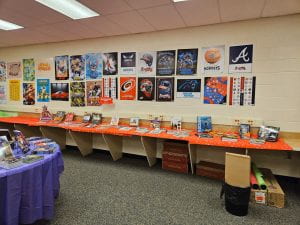
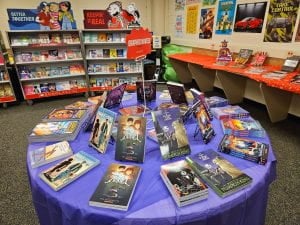
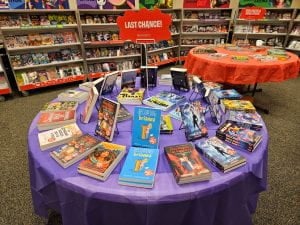


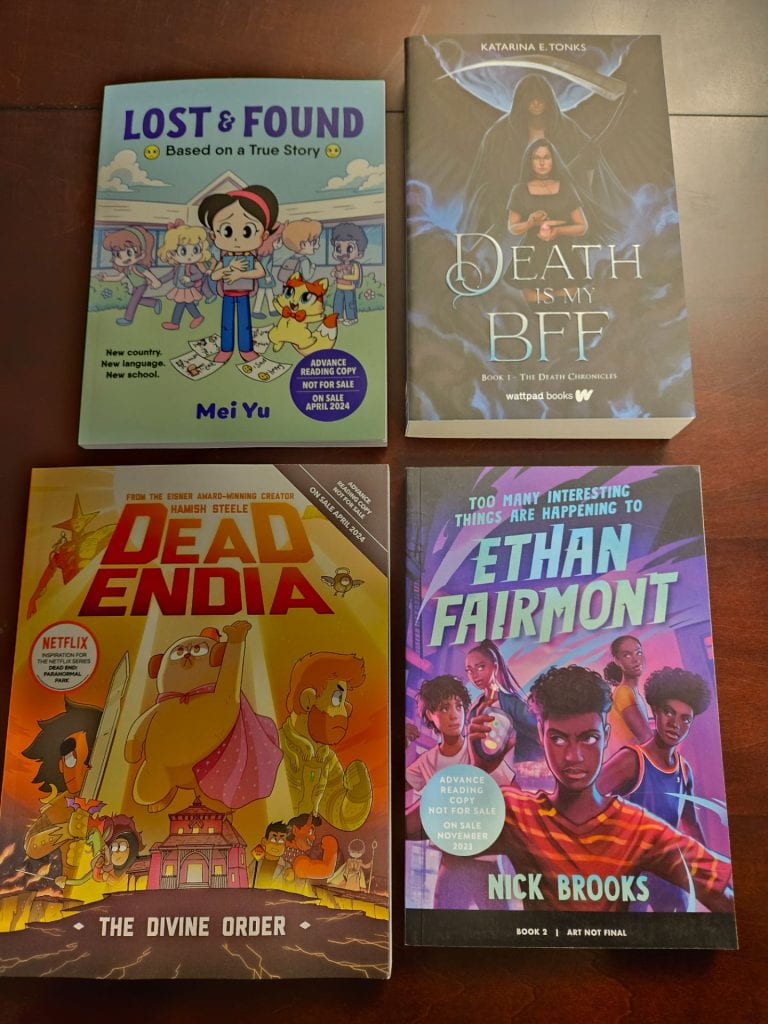
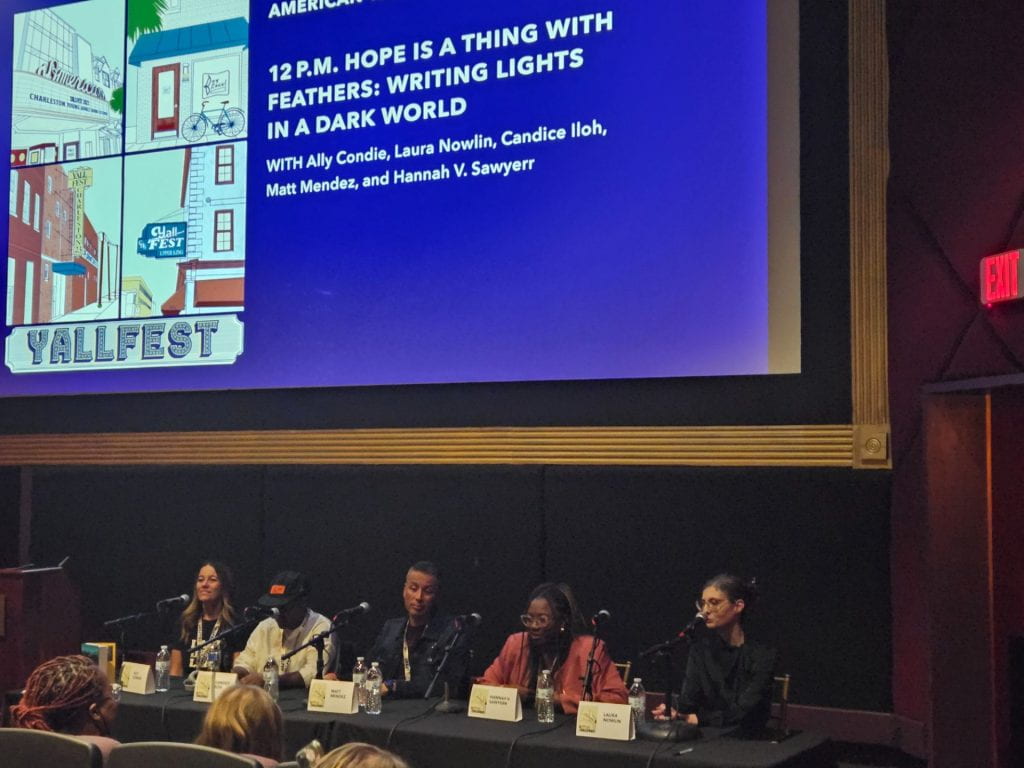






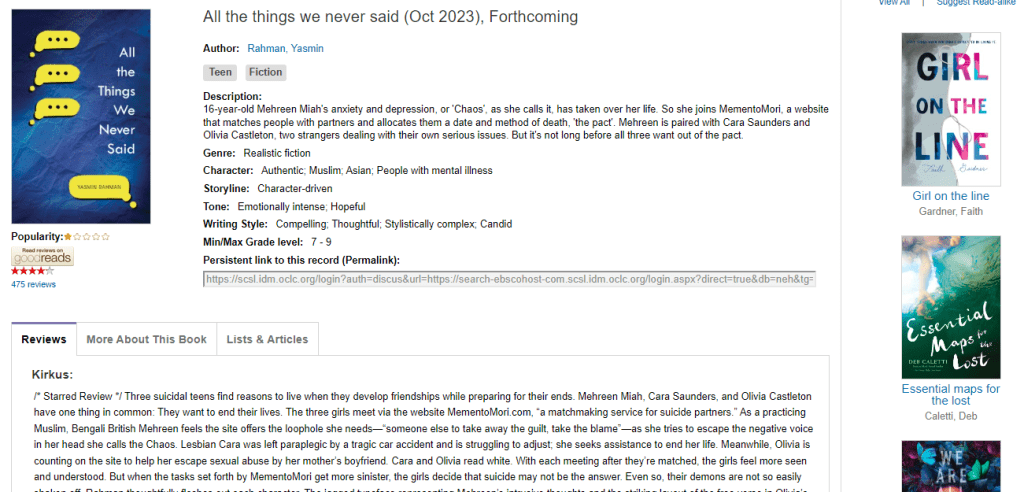 Another database available to students is TeenBookCloud. It has audiobooks and eBooks (fiction, nonfiction, classics, graphic novels). The books that are available have the whole book, and the audiobook has a real person reading. They are adding books in, so the selection will grow. Students can browse books by genres within their age group. It even has classic novels that students have to read for English classes. When they open up the book, they have the option to make notes in it. This is a good option if the school library does not have a large selection of eBooks or audiobooks. The only potential downside to this database is that it may not hold a student's spot in the book if they exit out of the browser.
Another database available to students is TeenBookCloud. It has audiobooks and eBooks (fiction, nonfiction, classics, graphic novels). The books that are available have the whole book, and the audiobook has a real person reading. They are adding books in, so the selection will grow. Students can browse books by genres within their age group. It even has classic novels that students have to read for English classes. When they open up the book, they have the option to make notes in it. This is a good option if the school library does not have a large selection of eBooks or audiobooks. The only potential downside to this database is that it may not hold a student's spot in the book if they exit out of the browser.
